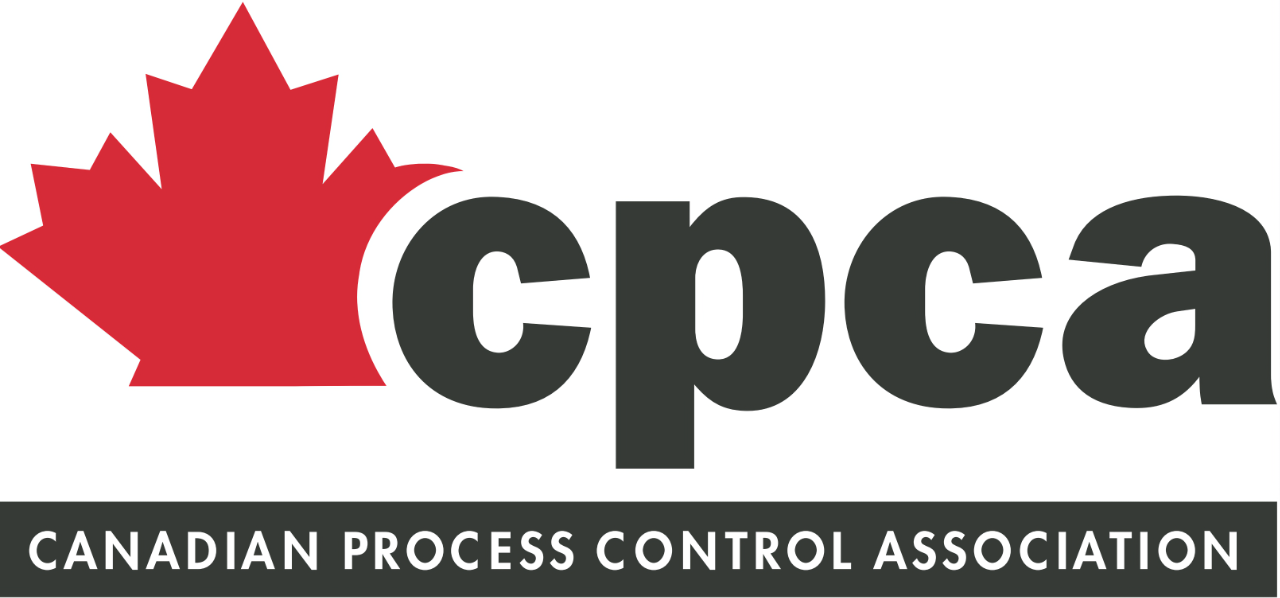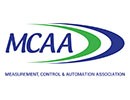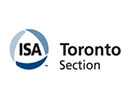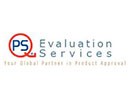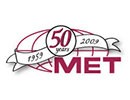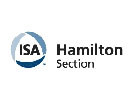New Rules for Radar Level Measurement in Canada
Author: Kevin Martyn
Published: April 2015
The level measurement market in Canada has seen considerable growth in the usage of radar level devices. One type of radar level device is known as “non contact” or “through air radar”. These devices use, and emit, very low levels of microwave energy. A small fraction of what a cell phone emits.
However as these devices are “intentional radiators” they fall under the review of Industry Canada, and the FCC in the United States. These government bodies use the term “ “Tank Level Probing Radar” (TLPR) for these devices. They are required to ensure that these devices will not interfere with any other devices. The traditional approach in Canada has been to require these devices be installed inside a vessel that would help contain this small amount of microwave energy.
Unfortunately this limited many applications. Consider a large pile of a bulk product outdoors, monitoring river or lake level, or measuring the level in a flume or weir, to determine flow. There are even applications for measuring level inside a plastic tank with the radar device mounted outside the tank (non invasive). These open air applications were not allowed in Canada.
Fortunately that has changed as of March 6, 2015, with Industry Canada publishing it’s updated standard RSS-211. The standard covers radar devices operating in the following bands. 5.65-8.50 GHz, 8.50-10.55 GHz, 24.05-29.00 GHz and 75-85 GHz. You can find further details at the link below.
http://www.ic.gc.ca/eic/site/smt-gst.nsf/eng/sf10958.html
This process of change started a few years ago when CPCA got in touch with Industry Canada, explaining the market need, and bringing them up to speed on developments in Europe and the United States. Industry Canada was interested and supportive. Several meetings and presentations took place, with CPCA member companies sharing their expertise, and providing a common front.
This was a great example of industry and government working together and why associations are a valuable asset to keep members globally competitive. The following companies were involved with the initiative: Magnetrol, Siemens, E+H, Vega and Krohne.
Non Contact Radar in open air applications are now allowed in Canada, and typical open sump applications as shown below, can now be done. The radar device must meet these new Industry Canada requirements.
